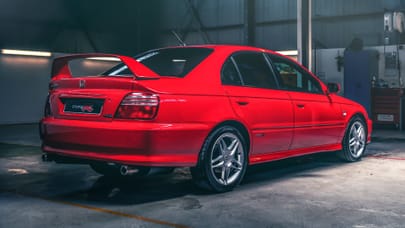
Mercedes-Benz: "our heritage is not the combustion engine"
Merc's heritage boss explains how high quality 'breakthrough tech' is the Mercedes way, and how that will shape its future...
The London to Brighton veteran car run is so far outside TopGear.com’s comfort zone it’s ridiculous. These Edwardian (and earlier) machines also push the definition of classic car to the limit. Eighties and Nineties cars are currently big business as nostalgic high net worth millennials realise long-held childhood fixations to put poster cars into their de-humidified garages. Now try casting your mind back to the 1890s, the automobile’s first full decade, and a time of astonishing innovation and invention.
The LBVCR celebrates these pioneers, with an eligibility cut-off point of December 31st 1904. Yep, you read that right. The entry list is a who’s who of often double-barrelled trailblazers, vehicles devised by men with extravagant facial hair and fuelled by grand ambition and, more often than not, comical levels of hubris. Most are now foot-notes in the 137-year history of the car, but some survived and prospered.
None more so than Daimler-Benz, whom you may have heard of. Indeed it was a certain Carl Benz who is generally credited with inventing the horse-less carriage when he applied for a patent for his ‘vehicle powered by a gas engine’ on January 29th 1886. Consolidated into a company called Daimler Motoren Gesellschaft, the first car as we’ve come to think of it emerged in the form of 1902’s Mercedes Simplex. As well as establishing a recognisable template – front-mounted engine, four seats, a body with integrated panels – the name also underlined one of this elegant machine’s main USPs: it was to be user-friendly.
This had been requested by one of DMG’s early distributors, the former diplomat and Austrian Consul General in Nice, Emil Jellinek. A forceful personality based in the French Riviera, he knew what society’s high rollers liked and was a keen exponent of the newly fashionable ‘motor sport’. He was also inspired to name the Daimlers he entered in various hair-raising races after his daughter, Mercedes. On September 26th 1902, the Mercedes car company was officially inaugurated and the rest is history.
And it’s a history that’s now more valued than ever, which explains how and why TG found itself perched alongside Mercedes’ heritage boss, Marcus Breitschwerdt, on the buttoned-up sofa seats of a priceless Simplex, braving a rainswept and unfathomably cold running of the London to Brighton event. Breitschwerdt is a Mercedes lifer who has commanded the company’s businesses in both Canada and the UK, and was persuaded to postpone retirement by Daimler CEO Ola Källenius in favour of a huge push to celebrate – and commercialise – the company’s history. Having wrangled the ironically named Simplex (complex in the extreme by modern standards, it turns out) to the finish line, we discussed his strategy, why old is the new new, and what led Mercedes to recently sell one of its crown jewels, the 300 SLR ‘Uhlenhaut’ – the car that set an all-time record last year when its new owner paid €135m for it…
Why is Mercedes’ past so crucial in securing its future?
It’s important that you know where your roots are and where you come from. Brain capital, education and effort were the key things in south-west Germany in 1886, there were no commodities in the ground or heavy industry. Whatever people did it had to last a lifetime. Gottlieb Daimler had worked in the UK and learned a lot about industrialisation. When he returned to Germany, his idea was to take the best materials, the best knowledge and the best execution to make the best possible thing. We are the original source of automotive mobility. Our heritage is not the combustion engine, it’s producing breakthrough technologies at the highest quality to serve people’s needs. We’re doing that again as the world embraces electrification.
Why did you decide to sell the ‘Uhlenhaut’ coupe? It seemed like an extraordinary move.
A big, successful corporation like ours has to be part of society. We have to be part of resolving things which are not necessarily linked to our business activities. There’s talent spread all over the world but the resources needed to nurture it are not so equally distributed. Two of our three founders, Gottlieb Daimler and Wilhelm Maybach, came from restricted backgrounds and received scholarships and external support to develop their talent. So we created the Mercedes-Benz Fund to support young people, to do projects and research within the field of decarbonisation linked to the automotive sector. As seed capital, we decided to use one of our collection cars, a rather nice Uhlenhaut coupe that had cachet but that had never raced. We partnered with RM Sotheby’s for the auction, and had all the bidders sign a contract in advance stating that they would be fine with the car being as accessible as it has been up to now. We will maintain it. It cannot be sold to anyone else for a period of years, and we will have first refusal on it.
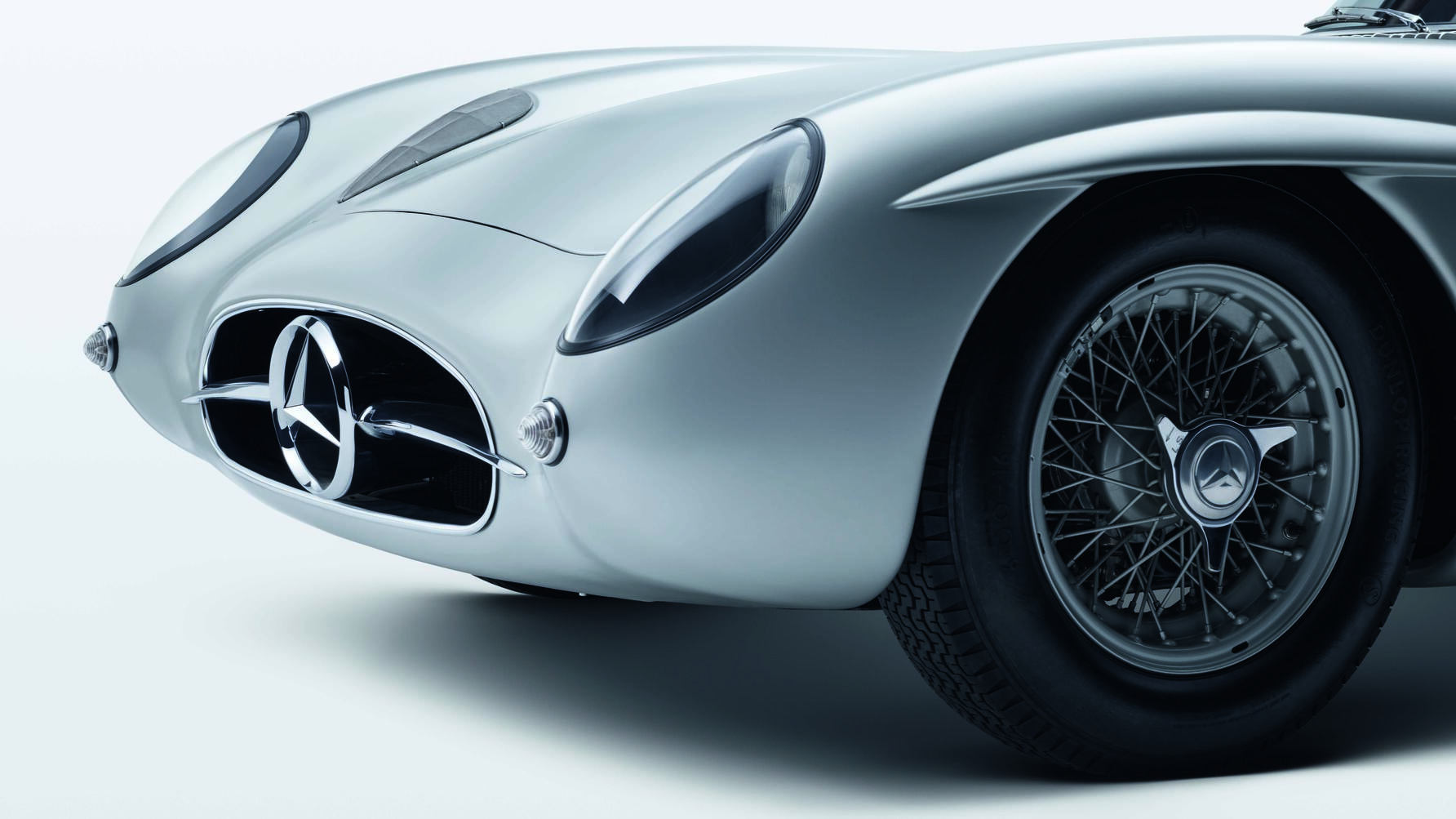
Will you sell any other cars from the historic collection?
Most years we receive offers from potential buyers for various of our iconic vehicles. That’s not important to us, but in this case it was a good thing to make a six digit million euro amount of money in corporate capital and hand it over to charity.
We’ve just been in a 1904 Mercedes Simplex… Why is this car so important to the company?
The Simplex is one of the first modern cars, overseen by Wilhelm Maybach, who was known at the time as the king of engineers. He didn’t listen to other engineers, he listened to a customer who came to see him in Stuttgart who said, “none of the vehicles around are good enough. Yours are pretty good but you could still do better". That was Emil Jellinek. He requested lowering the centre of gravity, bring the engine lower into the frame, stronger independent brakes, a gearshift system, the H architecture, a wider stance. The Mercedes, as it was called after Jellinek’s daughter, was the first modern car. And it set out a concept that was followed for many years.
Your entire career has been in the automotive sector. Is it more challenging than it’s ever been?
The art of conceiving and building a car is to find a compromise between the best solutions. You’re dealing with target conflicts. For example, safety means weight, and weight means fuel consumption. You have to find all the levers and all the wheels to improve on all sides. Various forces take cheap shots at the industry, but nowadays cars are safe places, they consume low levels of fuel, and their emissions have been significantly reduced. The targets are always challenging and rightly so. I have great respect for the engineers in our company, and elsewhere, who are constantly improving what we do. The EQS is highly sophisticated but if you thought that represented the apex of progress that would be the end of our corporation. Our new generation of engineers are so positive and asking more questions than you could possibly imagine. That’s what it’s about – asking the right questions. The combustion engine is not the decreed technology, we’re looking for the best solution, the breakthrough technology. As we always have.
Top Gear
Newsletter
Thank you for subscribing to our newsletter. Look out for your regular round-up of news, reviews and offers in your inbox.
Get all the latest news, reviews and exclusives, direct to your inbox.
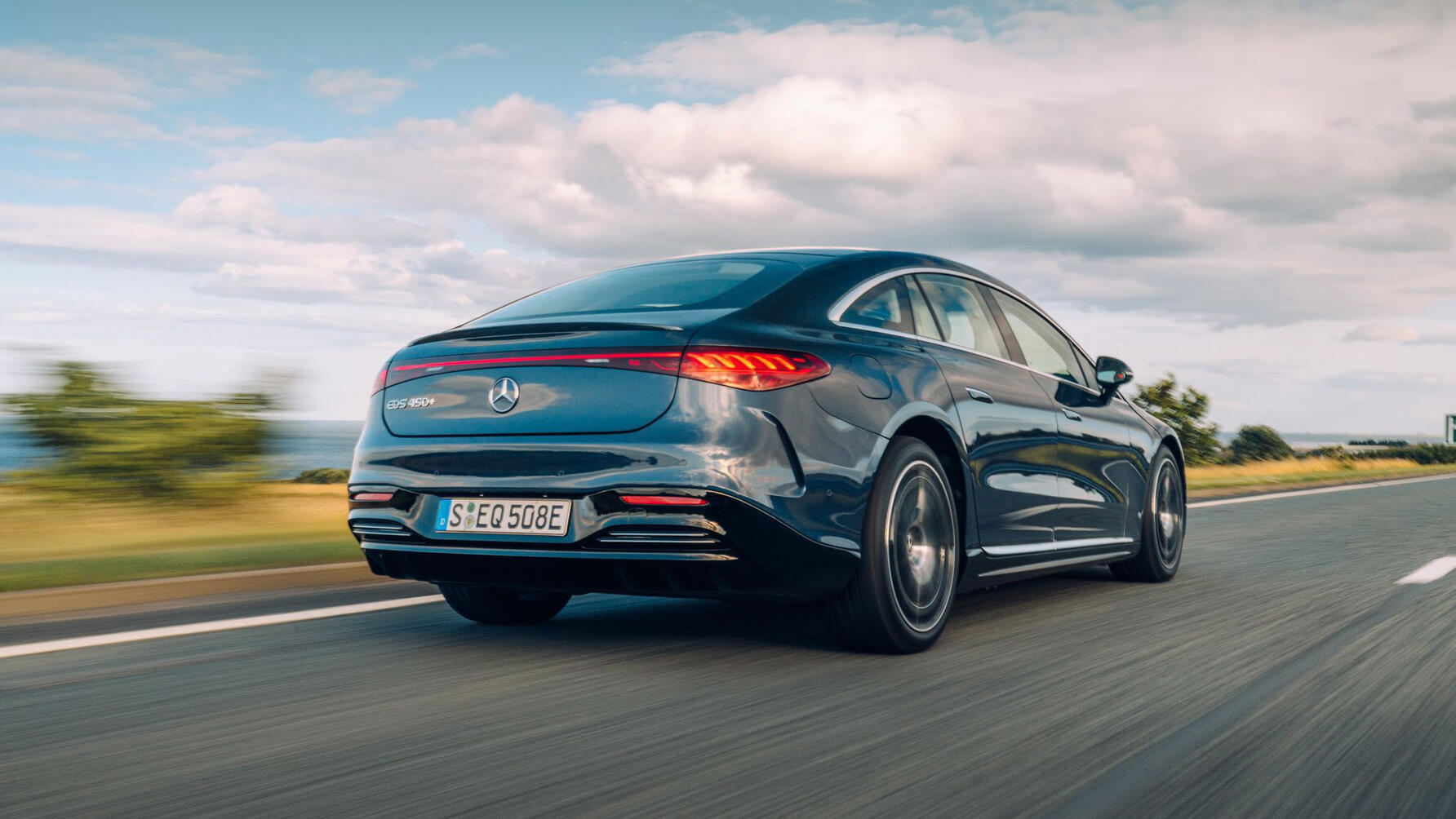
Mercedes is scaling back its model range and re-asserting its luxury credentials. Did things get a bit out of control for a while?
More scale is not necessarily an advantage, you need to create your market value around your brand value. We don’t want to grow too much further, and it’s why we’ve reshuffled our market segmentation – entry luxury, core luxury, top luxury. Super luxury is classic cars, by the way. There’s rarely a new car from any brand that costs more than €250k. Which is where classic cars start to get really interesting.
This sounds like the Mercedes we knew 40 years ago...
We don’t need more scale, we need to refocus on our brand values. And we are a luxury brand. Luxury provides margin and added value. It means you need to be a technology leader, a quality leader and a CRM leader. We use our heritage to demonstrate how again and again we delivered breakthrough technologies. To make that happen we created this heritage division, which will be key to explain what Mercedes-Benz means. Yes, we have a great heritage in combustion engines, but the job is to explain that the heritage is about looking for the best technologies. With heritage you ask for trust with a good reason.
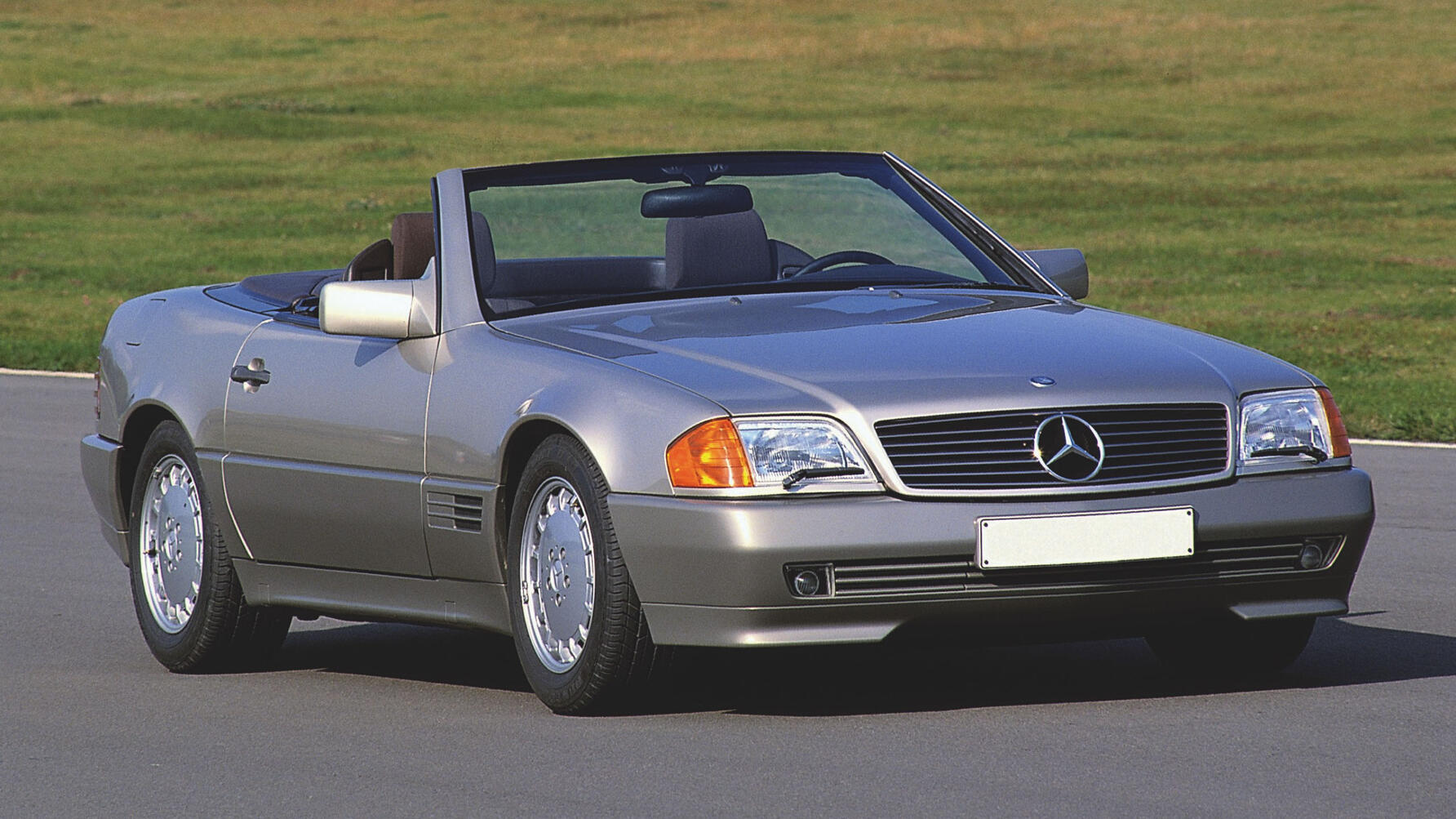 Mercedes-Benz SL
Mercedes-Benz SL
The repair bills will likely prove ruinous. And the one we found is only the V6. However… it’s a Mercedes-Benz SL. One of the car world’s ‘great automotive oaks’. Don’t tell your friends you’re driving a ‘great automotive oak’, of course, unless you want them to cease being your friends.
The Mercedes-Benz museum and archive has become a major tourist destination in its own right, hasn’t it.
It’s the biggest corporate archive in the world, as far as I know. It’s digitised, and we have the original documents stored in an air conditioned, fully de-humidified room. We remove the metals from the folders, we take the chloride out of the paper. We have all the original design drawings, all the blueprints. There’s lots of stuff in there that you will never see but that we’re duty bound to preserve.
Do you have a favourite Mercedes?
The usual suspects. I love the 300 SL Gullwing. It represented the top end of mechanical engineering in the Fifties, and was an exemplar of lightweight engineering which is hugely relevant now. It had less power than some of its competitors at the time but they still couldn’t keep up. The C111 is a very nice car provided you don’t care about air conditioning. And I own a Sixties SL ‘pagoda’. That’s simply an exceptionally beautiful car.
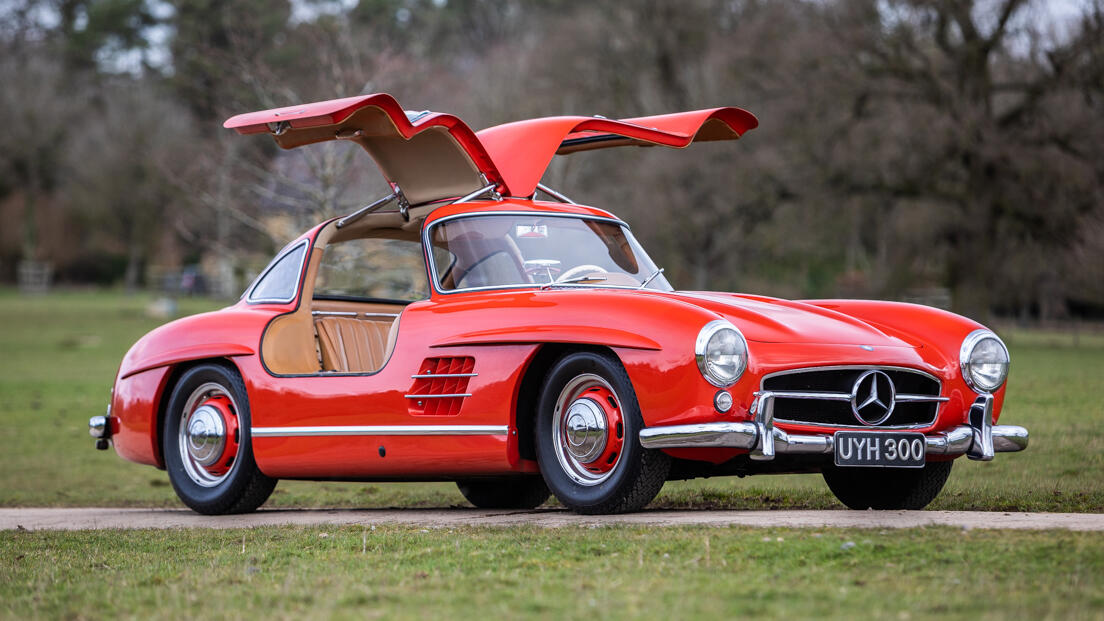
Trending this week
- Car Review
BMW iX3







